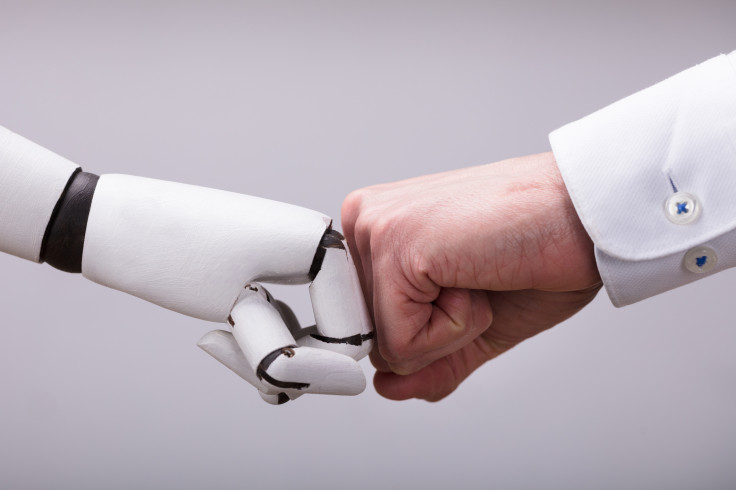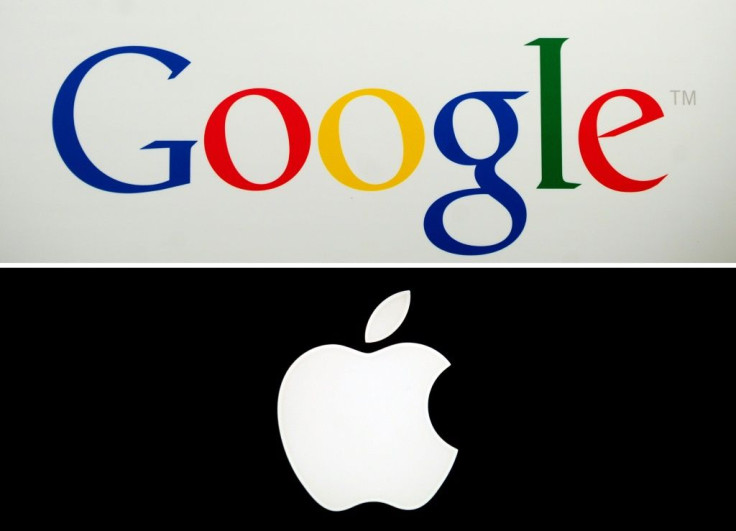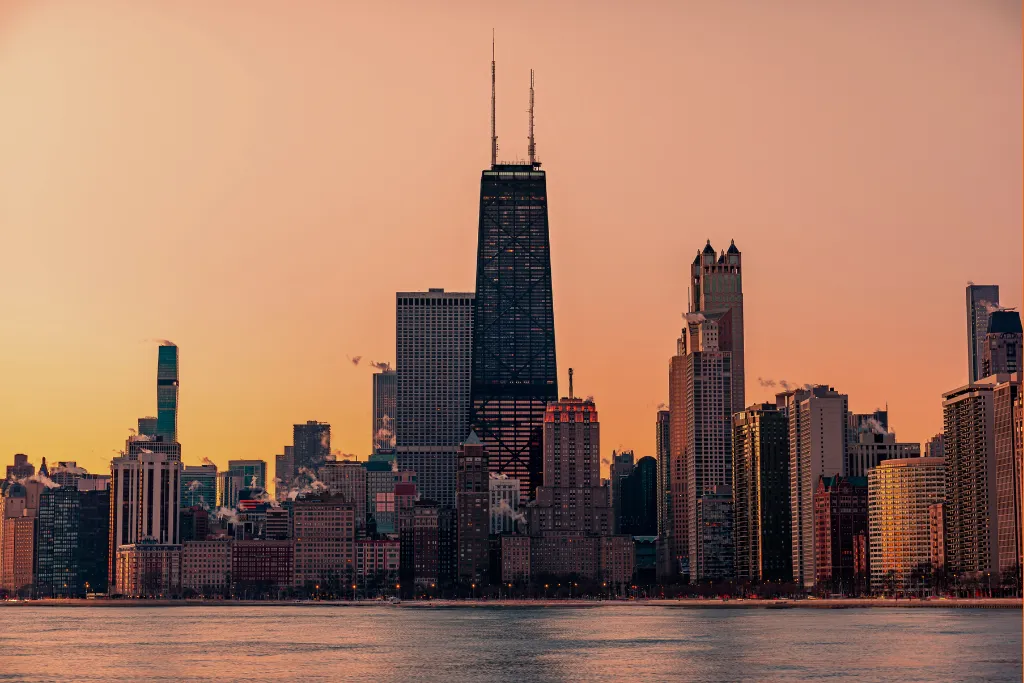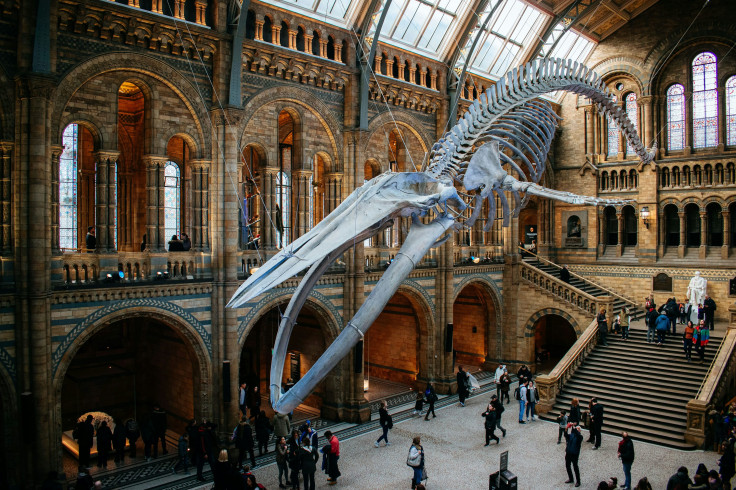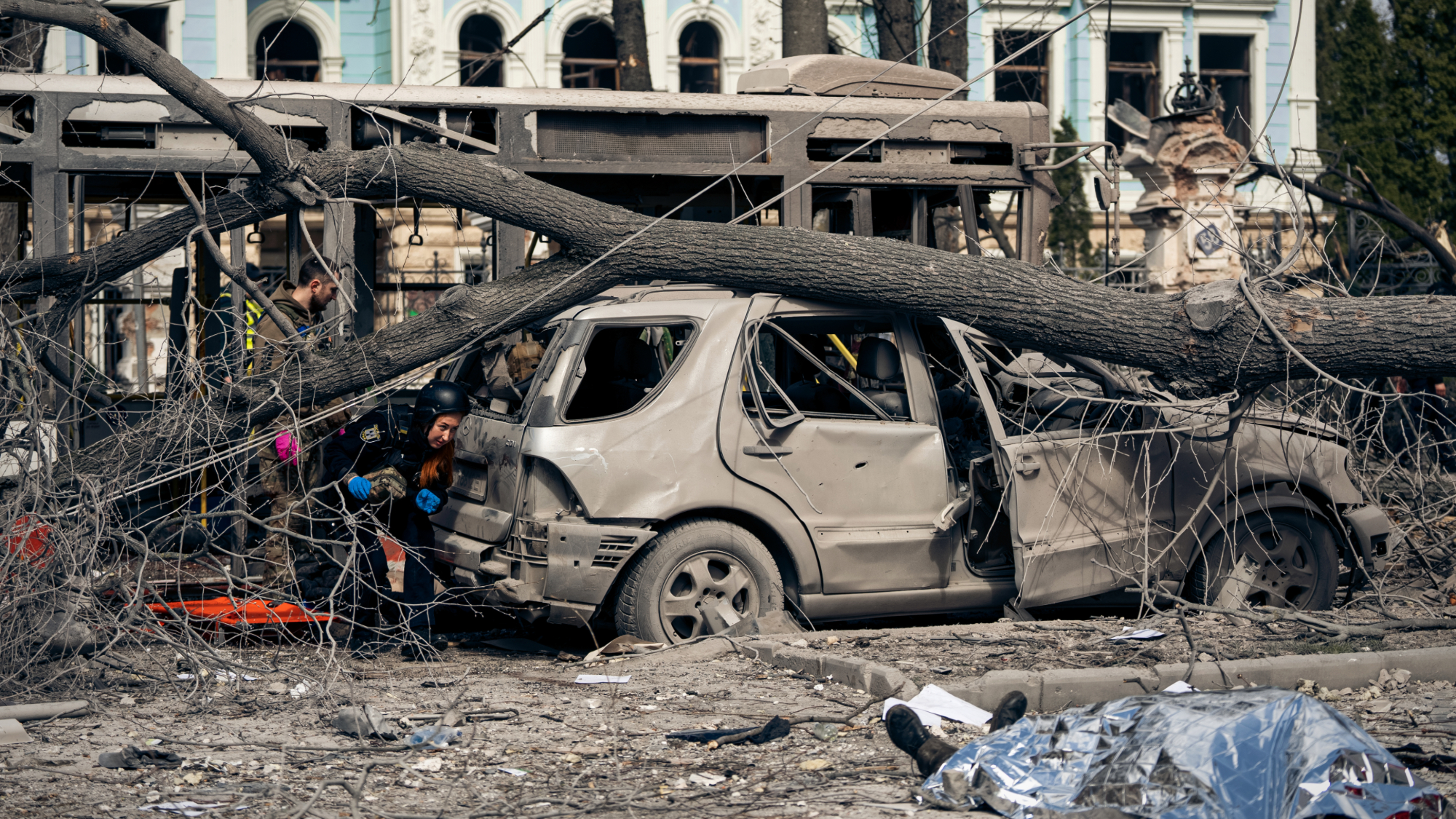Editor’s note: While the national debate involving NFL players “taking a knee” during the national anthem may have quieted since November, it has not gone away altogether. In his State of the Union address on Tuesday, President Trump made an indirect reference by calling on all Americans to stand during the national anthem. Last year, a California court ruled that schools cannot force student athletes to stand during the national anthem. With the Super Bowl on Sunday, we asked two teachers for their different perspectives on what the debate has meant for their classrooms. –Victoria Pasquantonio
I have a bulletin board behind my desk with pictures of about two dozen African-American men and women who have lost their lives at the hands of police violence and white supremacy. They include Malcolm X, Freddie Gray, Trayvon Martin, Philando Castile, Jordan Davis, Sandra Bland, Emmett Till and so many others.
I added the phrase “With Liberty and Justice for All” running across the bottom of the board. These words are the last words found in our pledge of allegiance, and yet they never seem to ring true for black Americans. This is the exact reason why I will no longer pledge allegiance to the American flag every day or stand for our national anthem.
How can I as a black educator have this bulletin board on my wall and make social justice a theme in my classroom each and every day and then get up and pledge allegiance to a country that has made it so clear that my life does not matter?

In a country where white supremacists have been emboldened by the current administration and black people, immigrants, Hispanics, and LGTBQ students have lived in fear every day for the past year, I realized it was completely disingenuous of me to stand for a pledge when the words do not apply to my life.
When I first started doing this, I wondered how my students would react. To be quite honest, many of them have also stopped standing for the flag and had stopped doing so before I did. One particular student told me when pressed about the issue, “I’m not standing with that man being president.”
My job as an educator is to give my students a voice. When they make a decision to stand up for what they believe in, I am not only in awe, but I am inspired.
I want my classroom to be a place where my students feel safe and empowered. It should be a place where I highlight the injustices that various groups around the world face on a consistent and constant basis. It should be a world in which I help my students come up with solutions on how to solve these problems.
I became an educator because I want my students to use what I teach them to go out and make this world a better place. And sometimes that means making the decision to stand up against what I believe is a societal wrong within my own classroom.
Many would argue that standing for the pledge of allegiance or the national anthem is disrespectful to the flag and to our nation’s veterans. What they fail to see is this has nothing do with the sacrifice that our nation’s veterans have made for this country.
By changing the narrative and saying that people who stand up for what is right are disrespecting the flag, they are removing the focus from the actual issue: systemic racism that goes unchecked as institutions are allowed to disproportionately abuse and discriminate people of color.
Colin Kaepernick made it very clear from the start that his protest was about the systemic powers that have led to the marginalization and abuse of African Americans in this country.
When we say Black Lives Matter, we are not saying that white lives don’t matter. But we are acknowledging that black people are disproportionately impacted by police brutality and that we need to do something about it. We are acknowledging that systemic racism continues to rear its ugly head in many forms and these issues need to be addressed.
When people look at the decision to not stand for the flag with such a narrow-minded view, they are rejecting the very freedom that this country is supposed to represent. They also seemingly ignore the fact that this nation was built on the foundation of slave labor and by the conquering of land that was home to millions of native people. Both Native Americans and African slaves lacked rights and freedom and continue to fight for these rights today. While the explicit Jim Crow racism that denied African Americans access to equal educational, public facilities and the right to vote no longer exists, we cannot deny that racism has taken a more implicit and systemic tone today.
I believe that this country has a lot of potential, but at this time it is not living up to that potential. Yes, I teach U.S. history and civics, but also aim to teach the whole child. That means teaching them to stand up for what they believe in and fight for justice. Until America does better, I will not pledge allegiance to a country that is complicit with racism and police brutality.
Popular News




Current News
Manufacturing

Collaboratively administrate empowered markets via plug-and-play networks. Dynamically procrastinate B2C users after installed base benefits. Dramatically visualize customer directed convergence without
Collaboratively administrate empowered markets via plug-and-play networks. Dynamically procrastinate B2C users after installed base benefits. Dramatically visualize customer directed convergence without revolutionary ROI.





About Us
Tech Photos

